(1260 products available)








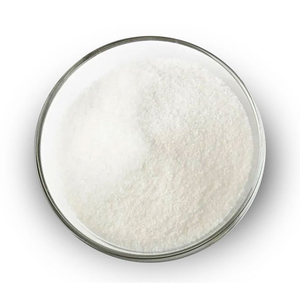

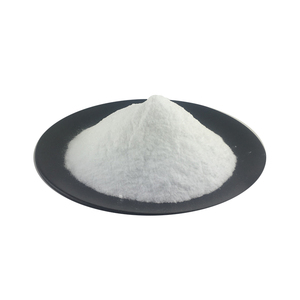


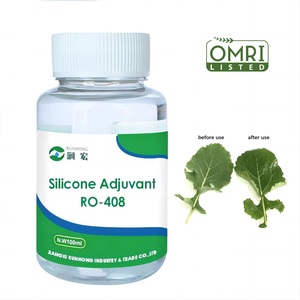







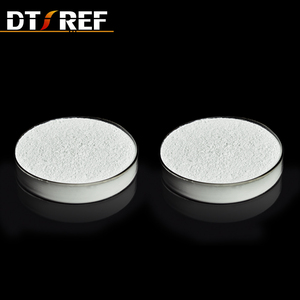

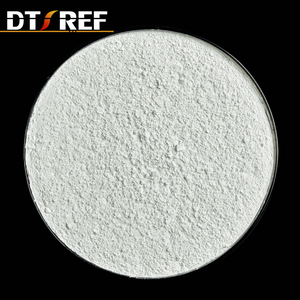



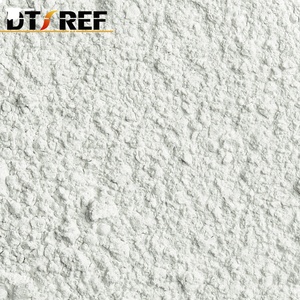

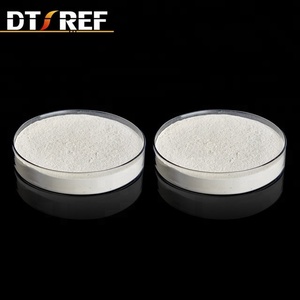
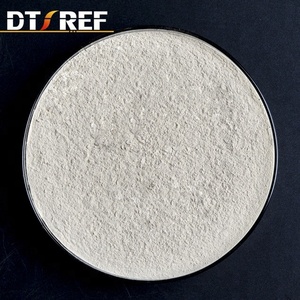

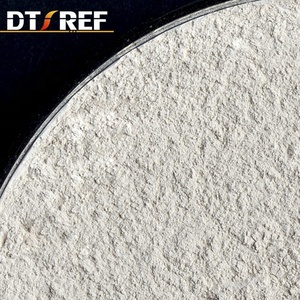









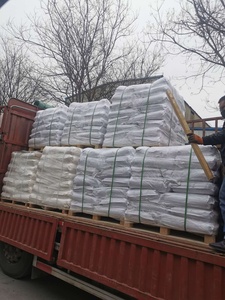

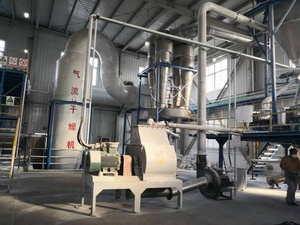
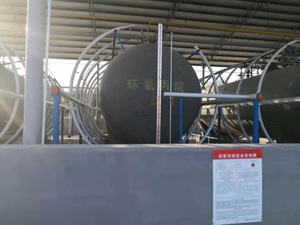


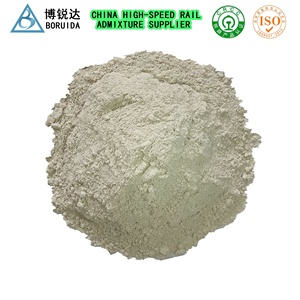




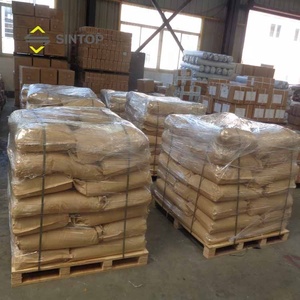
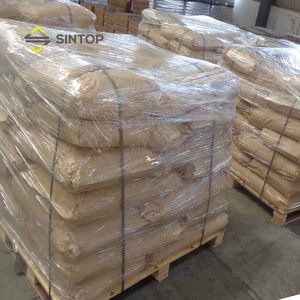

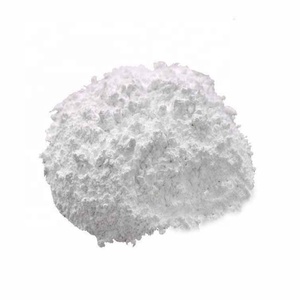

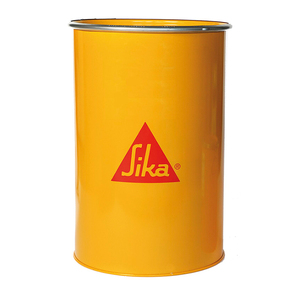
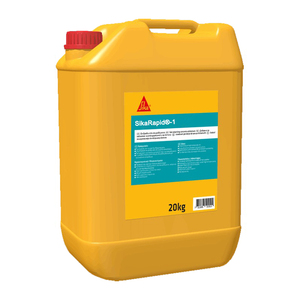


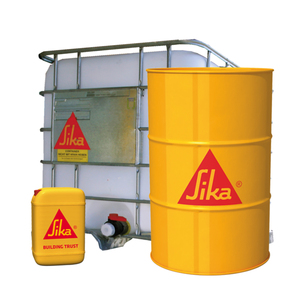





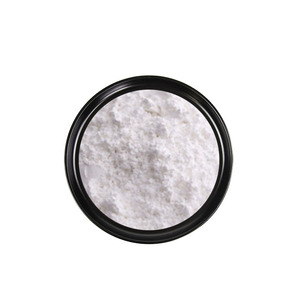


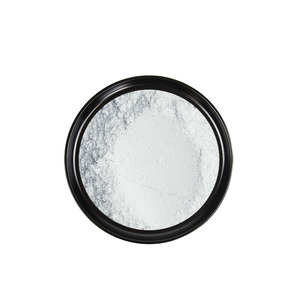








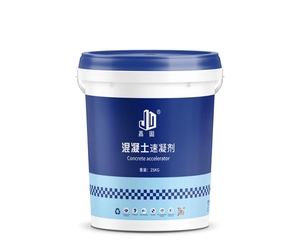

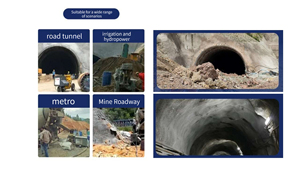
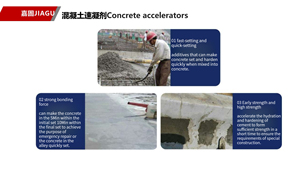
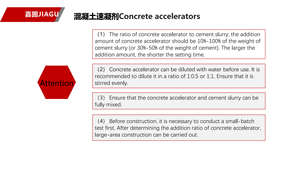


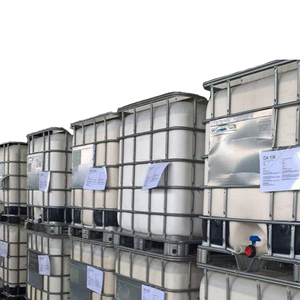

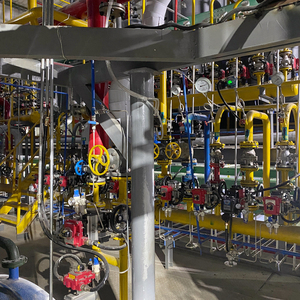





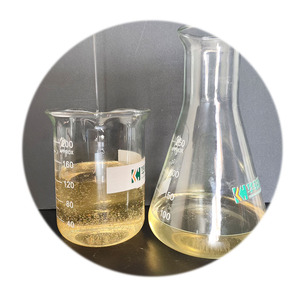





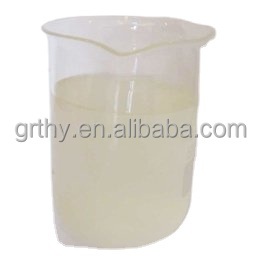












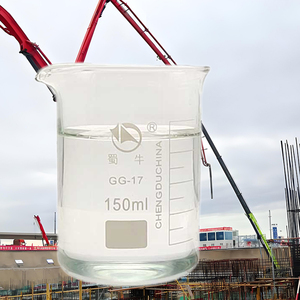





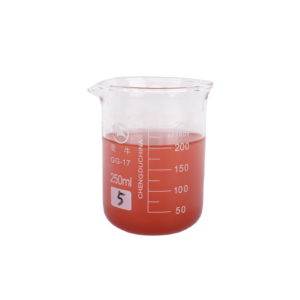
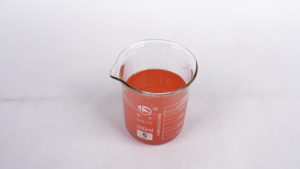



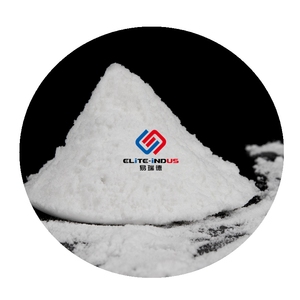

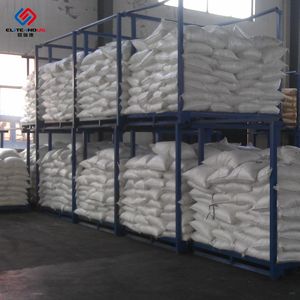

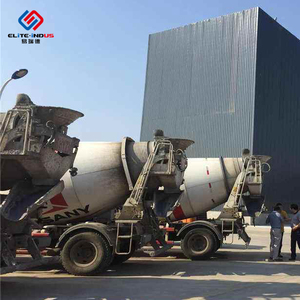




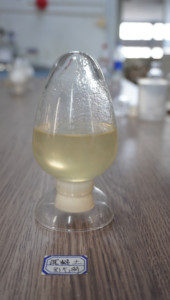




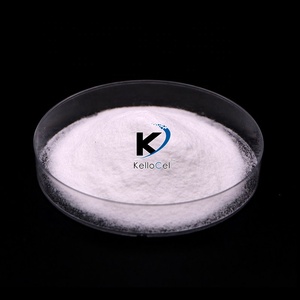


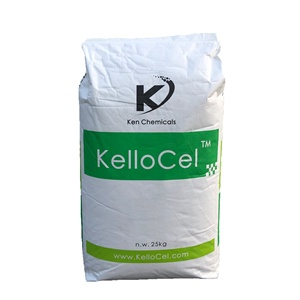
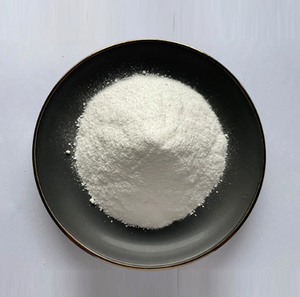
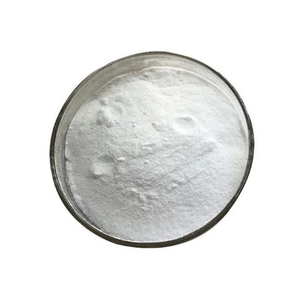
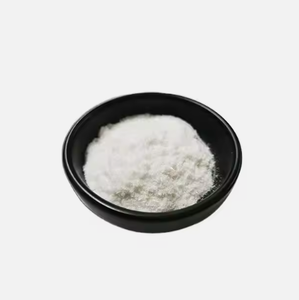




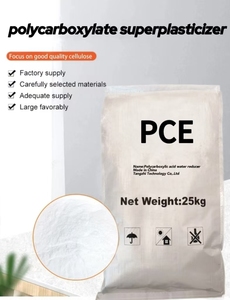







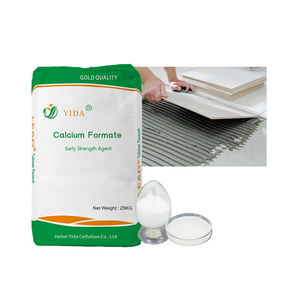

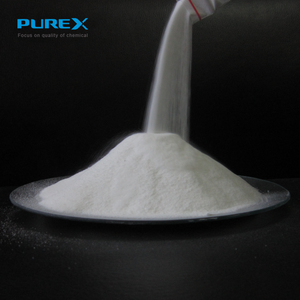



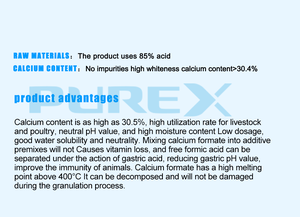

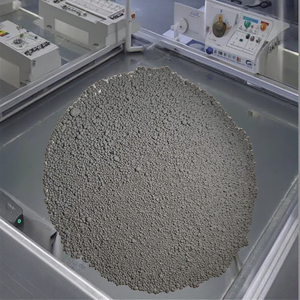
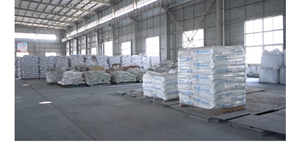



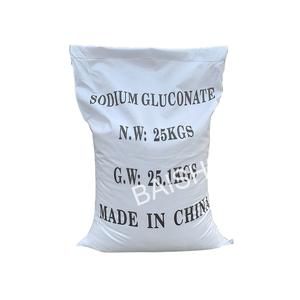

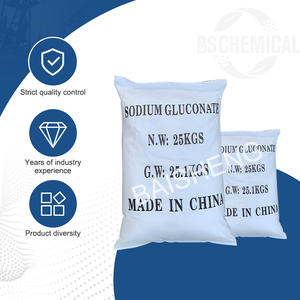


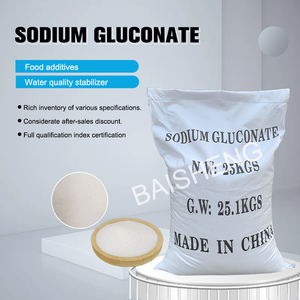





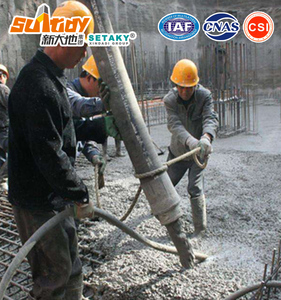

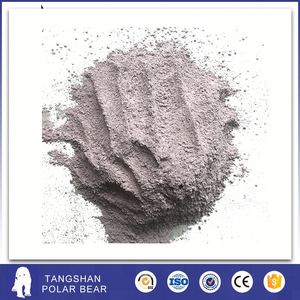


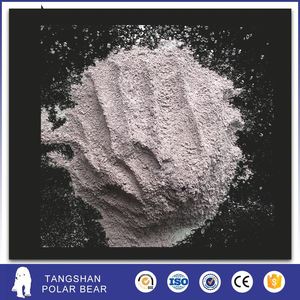

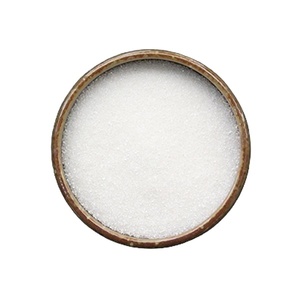


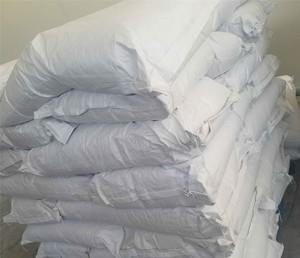




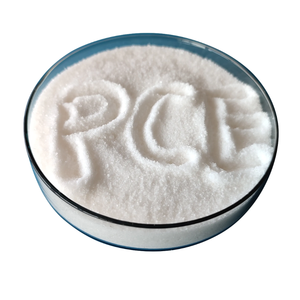

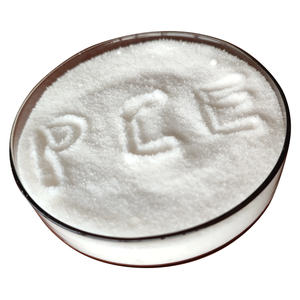
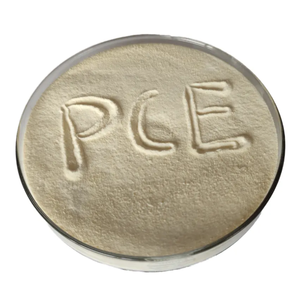
Accelerating admixtures for concrete are materials added to concrete mixtures to speed up the hydration process, allowing for faster setting and hardening. These admixtures are particularly useful in construction projects where time is of the essence, such as in cold weather concreting, rapid repairs, or when early strength is required. There are several types of accelerating admixtures for concrete:
Synthetic Accelerators
Synthetic accelerators are admixtures specifically designed to enhance the setting and hardening process of concrete. They are primarily added to the concrete mixture to increase the early strength without significantly affecting the long-term strength. These products are categorized into two: non-chloride and Nitric-based. Non-chloride accelerators are suitable for reducing temperature and hydration in mass concrete. They are also ideal for use in reinforced and prestressed concrete structures. Chloride-based accelerators, on the other hand, are useful in applications where steel reinforcement is present. They offer a relatively low cost and are effective in accelerating concrete setting time.
Lime and Gypsum-Based Accelerators
Lime and gypsum-based accelerators are commonly used to accelerate the setting time of concrete, mortars, and plasters. These accelerators are cost-effective and provide a significant increase in early strength. Lime-based accelerators work by increasing the pH of the cementitious mix, which enhances the activity of the cement's aluminates. This leads to a quicker setting time and increased early strength. Gypsum-based accelerators, on the other hand, release calcium ions into the mix. This accelerates the formation of calcium silicate hydrates, which are responsible for concrete strength.
Calcium Chloride Accelerators
Calcium chloride is one of the most commonly used accelerating admixtures for concrete. It is particularly popular because of its effectiveness and low cost. This admixture is used to enhance the rate of strength development in concrete, especially in cold weather conditions. It works by increasing the rate of hydration of Portland cement, leading to a quicker setting time. This allows for earlier finishing operations and reduces the risk of freezing in cold weather.
Accelerating admixture for concrete is designed to enhance the performance of concrete in specific aspects. Here are some functions and features of concrete accelerators.
Increased Early Strength
Accelerating admixture for concrete significantly increases early strength development, particularly at the initial age. This includes 1 to 3 days. Thus, the concrete structures attain their required strength more quickly than usual. This feature is important in projects where time is a crucial factor. For instance, when working on project with tight construction schedules or when early load-bearing capacity is required.
Reduced Setting Time
Accelerating admixture for concrete reduces setting time, leading to quicker initial and final setting. The reduced setting time allows for faster finishing and formwork removal, thus improving construction efficiency. Additionally, the quick setting time is beneficial in cold weather conditions, where traditional concrete may have delayed setting times.
Enhanced Workability
Concrete accelerators help improve the workability of freshly mixed concrete. This feature ensures that concrete is easy to place and finish, even when a high-strength mix design is required. Enhanced workability is essential in applications requiring intricate molds and forms.
Improved Durability
Some concrete accelerating admixtures can improve the long-term durability of concrete. This includes calcium chloride accelerators. For instance, this admixture reduces the permeability of concrete, enhancing its resistance to water and chemical attacks. An admixture for concrete can improve the longevity of structures in harsh environments, such as marine and industrial areas.
Compatibility with Other Admixtures
Accelerating admixture for concrete can be used with various admixtures to achieve the desired concrete performance. For example, it can be used with water-reducing admixtures to improve workability while reducing water content. Proper dosage and testing are required to ensure compatibility and prevent adverse effects.
Enhanced Hydration
Accelerating admixture for concrete increases the hydration rate of cementitious materials. This is done by providing additional nucleation sites and increasing the availability of calcium ions. Faster hydration leads to quicker strength gain and improved early-age construction efficiency.
Improved Finishability
Accelerators can enhance the finishability of concrete surfaces, especially in flatwork applications. This allows for smoother finishing with reduced bleeding and improved slip resistance.
Accelerating admixtures for concrete are used in a variety of applications. This is because they help control the setting time of concrete so that it can be poured and finished properly. Some of the common application scenarios include:
Cold Weather Concreting
Cold weather is defined as any time the ambient temperature is less than 40 degrees Fahrenheit (4 degrees Celsius). During cold weather, concrete must be protected from freezing to ensure proper hydration and strength development. Accelerating admixtures help achieve this by increasing the concrete's early strength. This allows for the reduction of curing time and eliminates the need for concrete protection, such as heated enclosures or insulated blankets.
Early Formwork Stripping
Formwork refers to the temporary structures that hold concrete in place until it hardens. Stripping formwork early is essential for project scheduling and cost efficiency. Accelerating admixtures increase the concrete's initial and final setting times, allowing for early formwork stripping. This means subsequent construction processes can begin earlier, reducing overall project time.
High-Performance Concrete
Accelerating admixtures enhance the performance of high-strength concrete. This is particularly important in constructing structures that require high strength and durability, such as bridges and parking decks. The use of accelerating admixtures in high-performance concrete mixes results in a concrete mix that attains high strength within a short time. This makes it a preferred option for many construction projects.
Winter Construction
Winter construction involves building during the cold months when temperatures are low. This can be a challenging task since cold weather generally slows down the curing of concrete. However, with the use of accelerating admixtures, construction can proceed smoothly even in winter. These admixtures not only accelerate setting time but also improve workability and reduce the water-cement ratio, resulting in strong concrete.
Rapid Repair Works
Accelerating admixtures are also used in repair works that require quick turnaround times. For example, repairing pavements and airport runways. The use of accelerating admixtures in such repairs ensures the repaired area is usable within a short time, minimizing disruption and downtime.
Application
Application has a huge influence on the selection of accelerating concrete admixtures. If the concrete is to be used for structural applications, water-soluble accelerating admixtures should be used. For instance, calcium-based admixtures are ideal for structural applications. On the other hand, if the concrete is to be used for non-structural applications, then non-water-soluble admixtures should be used. For example, calcium nitrite is a great option for non-structural applications.
Setting time
The desired setting time should be considered when choosing a concrete accelerator. Accelerators with a fast setting time should be selected for projects where a quick setting time is required. For example, calcium chloride-based accelerators work well with this application. On the other hand, accelerators with a slow setting time should be selected for projects that require a slow setting time.
Temperature
The temperature of the environment where the concrete is to be poured plays a huge role in the selection process. If the temperature is cold, then warm accelerators should be selected. For instance, lithium-based accelerators work well in cold weather. On the other hand, if the temperature is warm, then warm accelerators should be selected. Calcium chloride accelerators work well in warm temperatures.
Regulatory requirements
Regulatory requirements can also influence the selection of concrete accelerators. Therefore, it is important to check the local standards and regulations when selecting an accelerator. This ensures that the right accelerator is selected and also complies with the local standards and regulations.
Q1: What are the risks of using an accelerating admixture for concrete?
A1: There are risks to using concrete accelerators, such as strength loss and cracking. However, this will largely depend on the type of accelerator used. For instance, calcium-based accelerators can cause concrete to crack in cold weather conditions. On the other hand, non-chloride-based accelerators can lead to strength loss if the concrete is exposed to hot weather conditions. The risk of using concrete accelerators can be minimized by consulting with a concrete professional to determine the appropriate accelerator for the specific conditions.
Q2: How long does concrete take to set with an accelerating admixture for concrete?
A2: Concrete can set up in 1 to 2 hours when a concrete accelerating admixture is used. However, the concrete will not fully cure in 1 to 2 hours. Depending on the type of accelerator and water-to-cement ratio, the concrete can reach its full strength in a few days or weeks.
Q3: What is the difference between curing and setting in regard to concrete?
A3: Curing and setting are two different processes. Setting is when the concrete stiffens and becomes moldable, while curing is the process in which concrete reaches its strength. Curing can take longer, but the concrete must be properly cured to reach its desired strength.